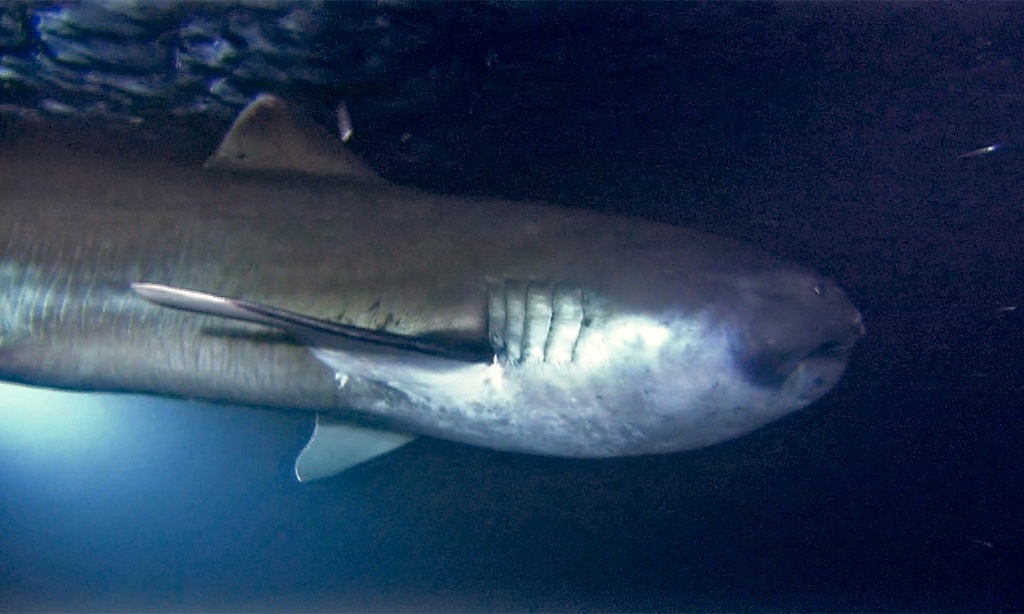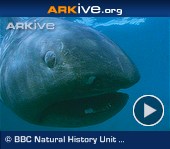
 written by Charles Bird
written by Charles Bird
Thailand Divers in Phuket Thailand has some sad but also very interesting story on a very rare shark.
One of the rarest fish in the oceans the Mega Mouth shark was by accident caught in a fishing net but then rather than free it the sold it still alive to a Japanese scuba diving center who then penned it in and held it captive till it died whale shark thailand.
Most good scuba diving centers like we have here in Phuket Thailand are 100% passionate about the oceans and all that live in them and do all we can to protect them BUT it seems not all scuba diving centers are not so protective of the oceans.
The megamouth shark (Megachasma pelagios) is a species of deepwater shark. It is rarely seen by humans and is the smallest of the three extant filter-feeding sharks alongside the whale shark and basking shark. this just goes to show how rare is was since it was only discovered in 1976. Since its discovery in 1976, few megamouth sharks have been seen, with 61 specimens known to have been caught or sighted as of April 2015, including three recordings on film. Like the other two planktivorous sharks, it swims with its enormous mouth wide open, filtering water for plankton and jellyfish. It is distinctive for its large head with rubbery lips. It is so unlike any other type of shark that it is usually considered to be the sole extant species in the distinct family Megachasmidae, though suggestion has been made that it may belong in the family Cetorhinidae, of which the basking shark is currently the sole extant member.
This shark is said to be the last of the prehistoric sharks still around with may be the exception of the Greenland shark. This is why its so sad that a deep water shark was held captive in the shallows for scuba divers. In Thailand there are so many marine national parks like the Similan islands where the thousands of people who come scuba diving Phuket each year can see all the great species of fish in the wild. This captivity of wild creatures is something that all good scuba diving centers are strongly against.
The appearance of the megamouth is distinctive, but little else is known about it. It has a brownish-black colour on top, is white underneath, and has an asymmetrical tail with a long upper lobe, similar to that of the thresher shark. The interior of its gill slits are lined with finger-like gill rakers that capture its food. A relatively poor swimmer, the megamouth has a soft, flabby body. The megamouth is considerably less active than the other filter-feeding sharks, the basking shark and the whale shark. The megamouth has a stout body and a long, wide bulbous head.
Megamouths are large sharks, able to grow to 5.5 metres (18 ft) in length. Males mature by 4 m (13 ft) and females by 5 m (16 ft). Weights of up to 1,215 kg (2,679 lb) have been reported. As their name implies, megamouths have a large mouth with small teeth, and a broad, rounded snout, causing observers to occasionally mistake megamouth for a young orca. The mouth is surrounded by luminous photophores, which may act as a lure for plankton or small fish. This white band is present in both sexes and is thought to be used as a means of identification to other megamouth sharks. Their mouths can reach up to 1.3 m (4 ft 3 in) wide.
Behavior
In 1990, a 4.9-m (16-foot) male megamouth shark was caught near the surface off Dana Point, California. This individual was eventually released with a small radio tag attached to its soft body. The tag relayed depth and time information over a two-day period. During the day, the shark swam at a depth of around 120–160 m (390–520 ft), but as the sun set, it would ascend and spend the night at depths of between 12 and 25 m (39 and 82 ft). Both day and night, its progress was very slow at around 1.5–2.1 km/h (0.93–1.30 mph). This pattern of vertical migration is seen in many marine animals as they track the movement of plankton in the water.
Although these awesome creatures are seen all over the world they do seem to be more common around Japan, Philippines, Taiwan and Vietnam. But they have been spotted in the Indian ocean and Vietnam do this does mean it may be possible to find one on a night dive in the similans when they come close to the surface to feed. So fingers crossed next time people say there is not much to see on a night dive remember these great fish are in the area of your Similan island liveabaord and just as none have been seen yet the sighting of these fish are going up every year since they were only first seen in 1976.
To see such a rare creature in the wild will make the news no matter where you are and if you are on on of the Phuket tours and you see one then you will personally be responsible for the mass increase of tourism to that area. Any phuket safari trip that comes across a fish this rare will make you a local star. Just think you are on the first phuket game fishing trip to see one. Or in a sea canoe at James Bond island and a dark shape swims under you and your gopro gets one of these??
The sad thing about most sighting are when its too late to help then which it why this case was so sad as a perfectly healthy one was caught and given to the people that should be there to help it and all they did was pen it in and keep it captive. Thats whats so sad. The megamouth shark is so rarely seen that its existence eluded us until 1976. To this day, the species is officially known from just 102 specimens.
We've yet to discover where these creatures give birth, exactly where they live, or even how many of them are out there. But just recently, divers off the coast of Japan managed to free one of the lumbering giants after it swam into a fishing net. Like so many of the ocean's largest inhabitants, megamouth sharks (Megachasma pelagios) use their 50 rows of tiny teeth to sieve krill, small jellies and other plankton from the surrounding water – and those dietary preferences likely had something to do with how this individual landed in a midwater net.
The colossal fish are known to dive up to 1,500 metres beneath the surface, but their krill prey regularly migrate from deep to shallow water. Scientists suspect that megamouths follow suit: spending the daytime hours in the depths and ascending to mid-water at night to feed. The composition of their liver oil, which helps sharks stay buoyant, also supports the hunch that they clock ample time in the shallows.
So just remember there are still plenty of things to discover in our oceans. So why not learn to dive phuket is the perfect place. You may never know what that one day doing a discover scuba diving phuket trip will turn up. Follow it up with a PADI Open water course similans and you chances of some amazing finds goes up drastically. Now that will be a trip to remember. Diving Phuket may not only change your life but history itself.
Tags:
-
-
-
phuket toursphuket safariphuket game fishingsimilanssimilan islandsphuket thailand













Load more comments